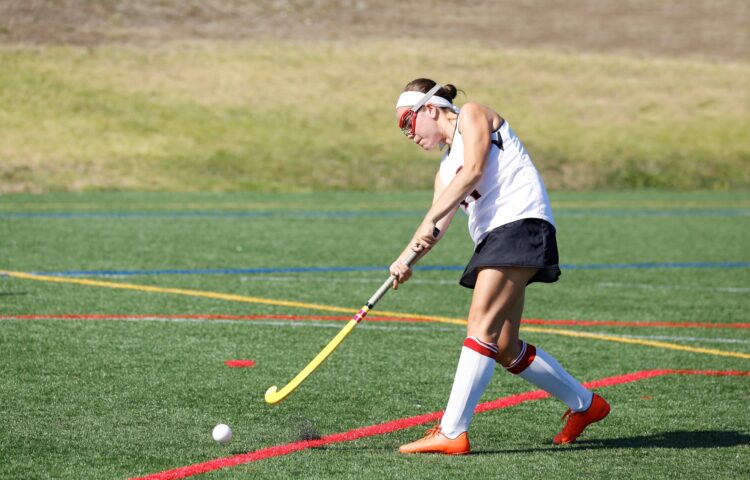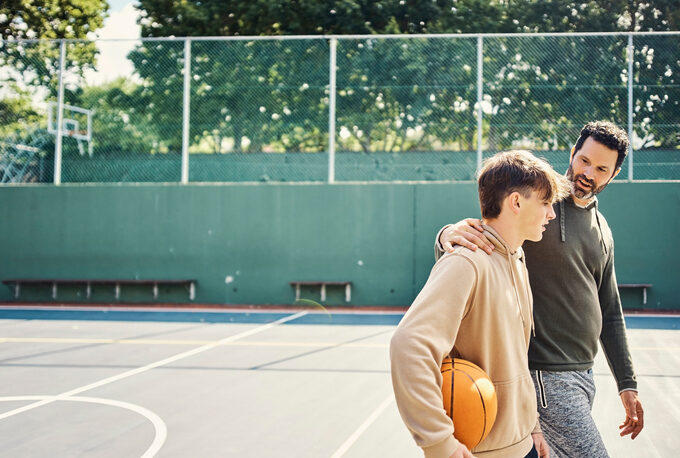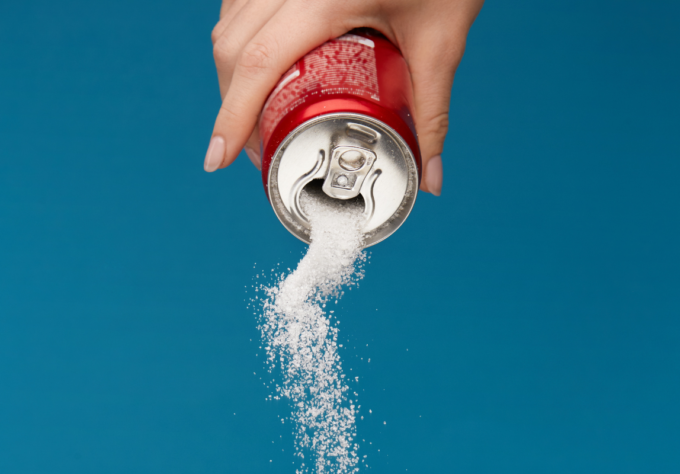I don’t think anyone would deny all the benefits of kids playing sports: the social aspect, teamwork, building confidence, improving focus, overcoming obstacles — the list can go on and on. But there are some downsides, perhaps the most obvious being the myriad injuries kids can sustain. And recent studies show that ACL tears, one of the most serious types of knee injuries, are on the rise in athletes (specifically girls) 6–18 years old.
With the school year about to start and kids gearing up for fall sports, let’s take a closer look at what causes ACL tears, the symptoms to look out for, and how these common injuries can be prevented.
What is the ACL?
The anterior cruciate ligament (ACL) is a rope-like band of tissue located in the center of the knee that helps keep the knee stable and from excessively rotating. It actually connects the knee to the shinbone and the thighbone, and works to keep the shinbone in place.
What causes ACL tears?
Kids who get ACL injuries tend to play what are known as “cutting sports,” which feature swift, abrupt movements such as pivoting, stopping, or turning on a dime. The most common of these sports are:
- soccer
- lacrosse
- basketball
- football
- field hockey
ACL tears can also happen with certain movements, like jumping and landing hard on the feet. Usually there’s no collision involved when the ACL tears — a child isn’t being tackled or necessarily colliding with another player.
Why are girls more likely to get ACL tears?
If the quadriceps muscles aren’t strong enough, a movement an athlete is used to doing can suddenly put too much pressure on the knee joint, causing the ACL to tear. But girls have additional risk factors for ACL tears because:
- Of the way they’re built. Girls use their leg muscles differently than boys to jump and land. Thanks to a wider pelvis, girls tend to be knock-kneed, meaning their knees may angle inward when standing straight, making the knee more vulnerable to injury.
- The ACL is smaller and the ACL notch (where the ACL “sits”) is narrower, making it more susceptible to tears.
- Hormones, specifically estrogen, can decrease the strength of the ACL, making it more likely to tear.
What are the signs and symptoms of ACL tears?
When the ACL tears, it’s usually very painful. A person might fall, but that doesn’t always occur. It’s often described that at the time of the tear there’s a strange sensation, like a pop or a rip. The knee usually swells and it will feel very unstable, like it could buckle at any time.
Interestingly, most kids have no trouble walking with an ACL tear. However, if they attempt to return to their sport, the knee will likely not be stable enough to support their movements.
How are ACL tears treated?
When kids sustain a knee injury, they should stop all activity until they receive medical care and a proper diagnosis. If they’re diagnosed with an ACL tear, they’ll have to put their sports participation on hold, as the first goals are to get the swelling down and schedule physical therapy. Within two to three weeks, the pain should go away and the knee should feel normal. Kids with ACL tears generally have surgery within three to four weeks after their initial injury.
After surgery for an ACL tear, kids can expect about nine months of rehabilitation (rehab) therapy, which will help:
- restore range of motion
- regain strength in the knee, thigh, and shin muscles (and prevent atrophy, the breakdown of muscle tissue)
- reduce pain and swelling
- improve balance
When kids follow the prescribed rehab they will be able to return to play. Proper rehab and recovery should keep the knee stable to help prevent re-injury.
Can ACL tears be prevented?
The quick answer is no. There is no foolproof way to prevent ACL tears from occurring. But what we can try to do is minimize the risk. Kids who play sports should be fit — they should have good core strength as well as strong hip, shin, and thigh muscles. They should work on their flexibility and always get enough sleep prior to athletic activity.
You can also look into something called “neuromuscular training,” which we offer here at the Nemours Center for Sports Medicine. During this type of training, a certified athletic trainer can show kids how to jump and land with good technique, and how to brace the muscles in order to land properly.
Learn More
- ACL Injuries (Nemours’ KidsHealth.org)
- Sports Medicine at Nemours



